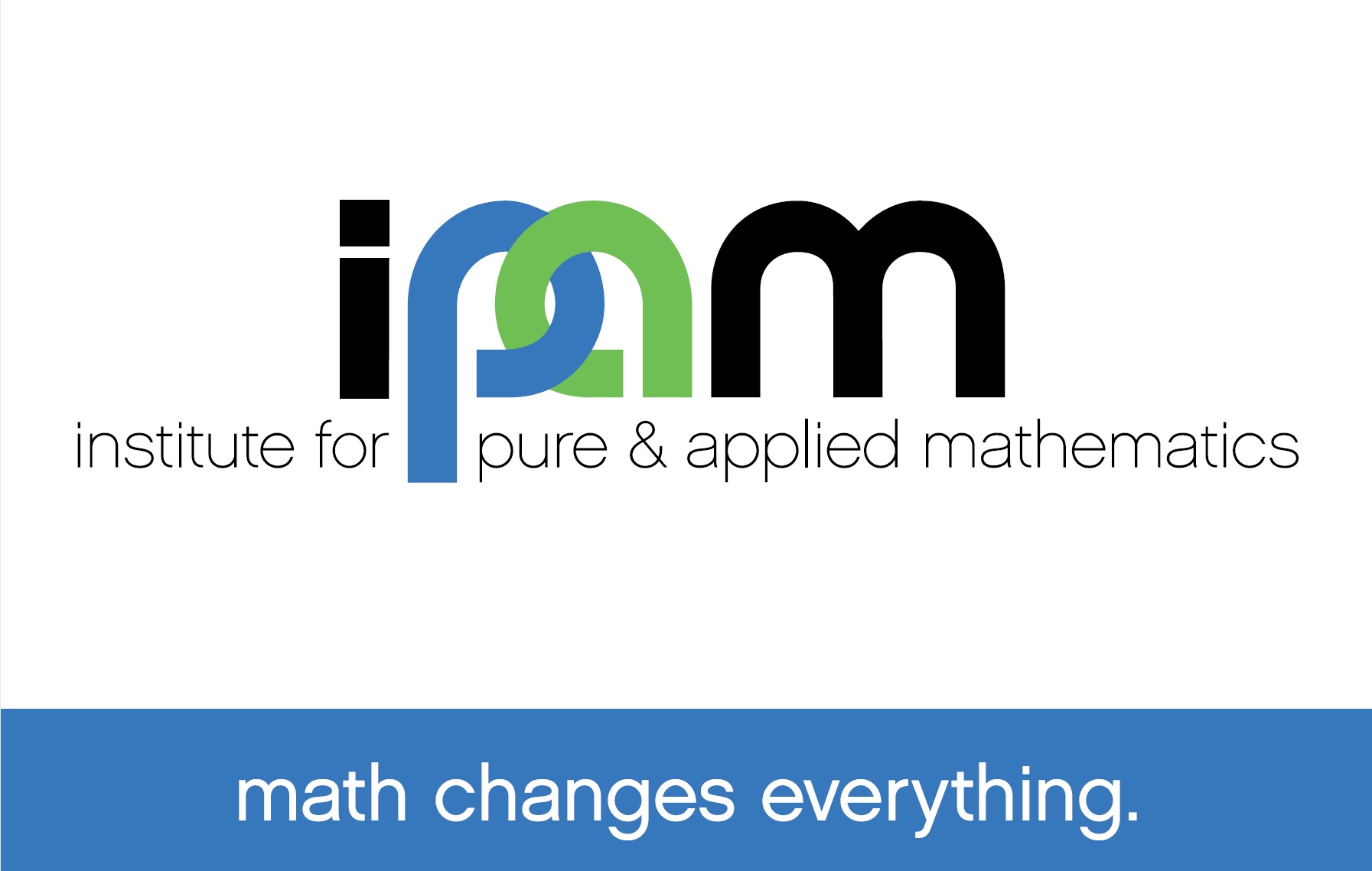Abstract
Thomas Kipf - Universiteit van Amsterdam
Many aspects of our world can be understood in terms of systems composed of interacting parts, ranging from multi-object systems in physics to complex social dynamics. Informing models about this compositional structure is important for generalization and data-efficient learning. This gives rise to a class of models named Graph Neural Networks (GNNs). In this talk, I will highlight some recent GNN variants for unsupervised graph representation learning and present our work on how GNNs can effectively be used to discover relations in interacting systems (Kipf et al., ICML 2018). The graph-based Neural Relational Inference (NRI) model learns to infer latent interactions and models the dynamics of interacting systems from observational data only. Example applications include modeling of multi-object physical systems, motion capture data, and multi-agent sports tracking data, where NRI can recover interpretable interaction structure in an unsupervised manner and predict complex dynamics many time steps into the future.
